Affiliate disclosure: This post may contain affiliate links. Please see our Privacy Policy.
Eat what you kill, kill what you eat is a great hunter’s motto…but what about mice? Living in the country, mice are everywhere and our record is over a dozen trapped in a single day.
A little research and I’ve learned that mice have been eaten as a delicacy throughout history, and are still eaten in many parts of the world today.
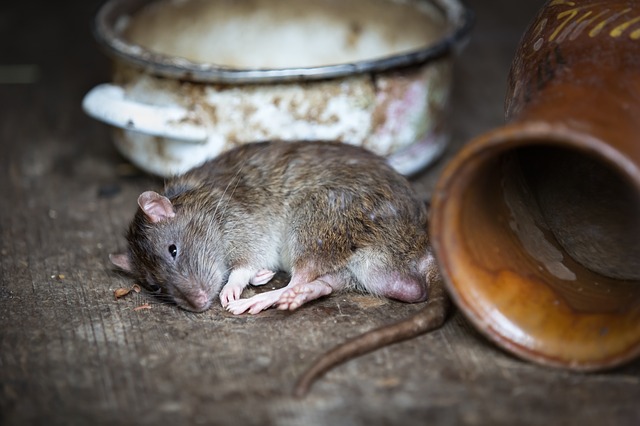
It all started late one night watching an old HBO show called Rome. We don’t watch a lot of TV, but this one’s free on amazon prime and winter is long up here in the north country. Rome is similar to Game of Thrones in all its raunchy debauchery, but it has some vague historical elements.
Namely, the characters feast on dormice while lounging on couches. I watched one of the characters chomp down on a mouse, and my first thought was to search for recipes.
Everyone’s gotta have a hobby, and cooking up weird is one of mine.
I found dozens of intriguing mice recipes from around the world, both ancient and modern. Clearly, the Romans weren’t the only ones slumming it up and slurping down mice.
Disclaimer: If you’re eating mice, you’re doing it at your own risk. I’m not your mother or your doctor, and I’m not taking responsibility if you contract the hantavirus (or anything else for that matter). I wrote this based on my own research for my own entertainment, and I do not recommend eating mice in any circumstance beyond as a last resort.
Roman Mice Recipes
In Rome, all the ancient mice recipes are for a creature called a dormouse that’s native to Europe. Though it is technically a rodent, its appearance and behavior are much more like a squirrel.
They reproduce once per year and can hibernate for 6-7 months of the year in cold climates. Their teeth and diet are closer to that of squirrels too.
The Romans took advantage of this long hibernation to store them in specialized enclosed terra cotta pots called glirarium. In the dark confinement, dormice are stimulated to hibernate and fatten up considerably. Dormice normally weigh 4-6 ounces, which is big for a mouse, but they double in weight for hibernation.
A half-pound mouse is a serious meal, especially at a time before animals had been selectively bred to a freakish modern size. Add in the fact that the frame and bone structure is built for an animal half the size of the chubby little hibernating dormice that were raised in Rome. Dormice were actually weighed at feasts because raising extra-large specimens was a status symbol for wealthy Romans.
There are two roman mice recipes that survive to the present day.
- Roasted Dormouse Coated in Honey and Poppyseeds – An early Roman novel describes the presentation, but doesn’t provide an exact recipe. “There were also dormice rolled in honey and poppy-seed, and supported on little bridges soldered to the plate.”
- Stuffed Dormice – Described in a cookbook from the first century AD, the dish involves dormice “stuffed with a minced pork and small pieces of dormouse meat trimmings, all pounded with pepper, nuts, laser (similar to fennel), broth. Put the dormouse thus stuffed in an earthen casserole, roast it in the oven, or boil it in the stock pot.

French Rat Recipes
While the Romans weren’t exactly eating rodents infesting sewers, the French were. That is, at least in times of siege and famine, and who can blame them.
If modern NYC were ever under siege, rats would be on the menu within a week no doubt. During a siege in the late 1800s, just about everything was on the menu in Paris, including the zoo animals.
The book Unmentionable Cuisine discusses a dish known as Entrectte la bordelaise: “Brown rats and roof rats were eaten openly on a large scale in Paris when the city was under siege during the Franco-Prussian War. Observers likened their taste to both partridges and pork. And, according to the ‘Larousse Gastronomique,’ rats still are eaten in some parts of France. In fact, this recipe appears in that famous tome. Alcoholic rats inhabiting wine cellars are skinned and eviscerated, brushed with a thick sauce of olive oil and crushed shallots, and grilled over a fire of broken wine barrels.”
I’ve also read that there are rat recipes in the book Larousse Gastronomique, which is a French culinary encyclopedia, but I’ve been unable to verify.
Indian Rat Recipes
Eating mice during times of starvation and siege is one thing, but having a festival with rats as the main course is another.
According to the BBC, “On 7 March every year, in a remote village in the hills of north-east India, the Adi tribe celebrates Unying-Aran, an unusual festival with rats as the culinary centerpiece. One of the Adi’s favorite dishes is a stew called bule-bulak oying, made with the rat’s stomach, intestines, liver, testes, foetuses, all boiled together with tails and legs plus some salt, chili and ginger.”

African Rat Recipes
In parts of Africa, mice are part of the staple diet and a much-needed protein source.
Another excerpt from Unmentionable Cuisine notes, “In West Africa, however, rats are a major item of diet. the giant rat (Cricetomys), the cane rat (Thryonomys), the common house mouse, and other species of rats and mice are all eaten. According to a United Nations Food and Agricultural Organization report, they now comprise over 50 percent of the locally produced meat eaten in some parts of Ghana. Between December 1968 and June 1970, 258,206 pounds of cane-rat meat alone were sold in one market in Accra! This is a local recipe that shows the South American influence on West African cuisine.”
The author then goes on to discuss the nutritional deficiencies, namely protein deficiency, in children from areas that do not eat rats. He provides a recipe for stewed cane rat that involves frying the meat before stewing it with tomatoes and peppers until tender.
Mice are also eaten in Malawi, where according to one source they consider them cleaner than rats. “I met this man in a village market in Malawi. He was very perturbed that I thought he was selling grilled rats… “Rats are dirty,” he said, “In Malawi, we only eat mice.”

Similarly, in Zambia, mice are eaten instead of rats.
The source of the photo below noted that “Mice (not rats) are an eastern province delicacy in Zambia. In this picture a young boy is selling the mice he caught by traps for K15 to travelers on the great east road.”
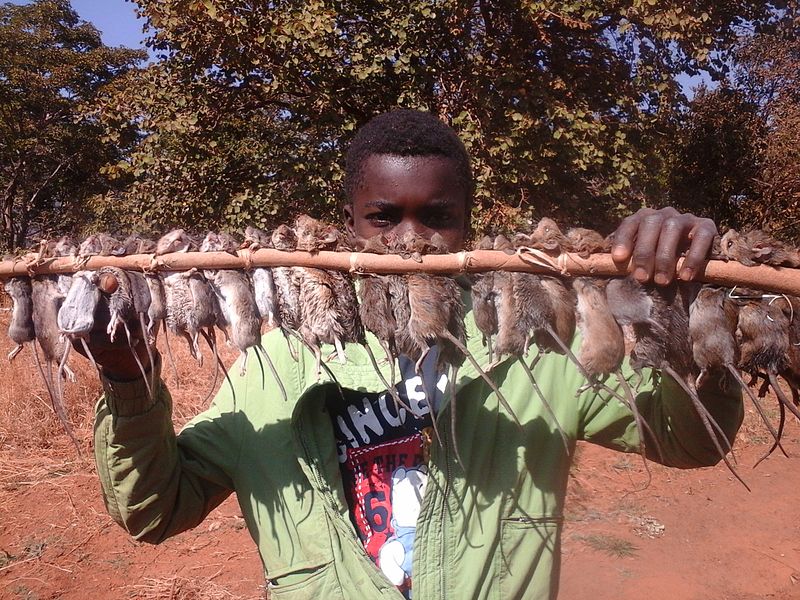
Vietnamese Mice Recipes
It seems that most places don’t bother with cooking mice, but stick with the much larger rats. There are some exceptions though.
An author writing for serious eats describes eating mice in Vietnam, prepared two ways. The first was called “chuot roti” and was covered in a thick sauce made from garlic and five-spice powder, which was by far the favorite. The second, “chuot quay” or Barbequed mice was less popular with the tasters.
Still, rat seems to be the preference even in southeast Asia. These bbq rats below are for sale in Thailand.

I’ve also read one source discussing a Mexican field mouse recipe called “Raton de campo asado” where the mice are simply gutted and roasted on a skewer. I haven’t been able to verify this one, but I’m sure in all of human history more than one person has done it.
Not to leave out the US of course, survivalists, thrill-seekers and simply hungry people eat rats and mice in the US too. An article from wide open spaces (since removed) describes using a deadfall trap to catch a rat, and then the cleaning and cooking process over an open fire.
So have I eaten a mouse? Still, nope. Call it cultural bias, but I still can’t do it.
I’ll happily eat squirrel, woodchuck or even coyote, but you’ve got to draw the line somewhere and until a real zombie apocalypse my line is right before mice and rats. Since the old Roman recipes were for dormouse anyway, which is more or less a fat squirrel, I plan on cooking up squirrel using those ancient Roman recipes.
What about you, could you do it?
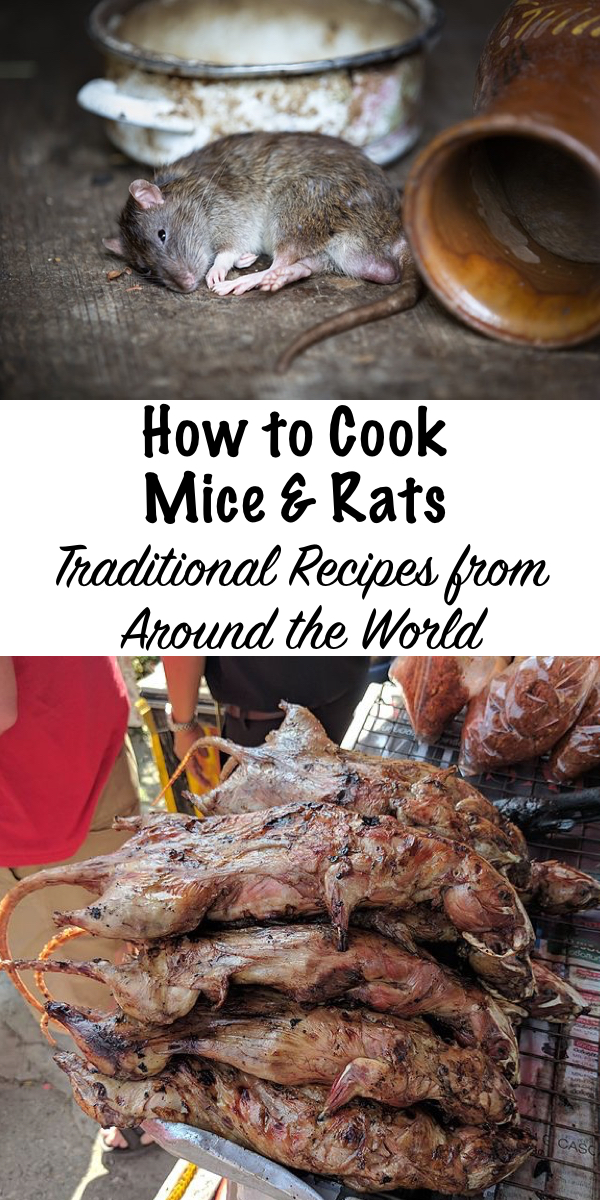
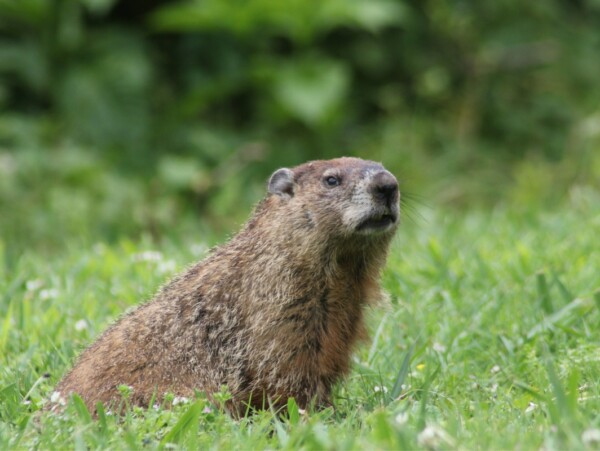
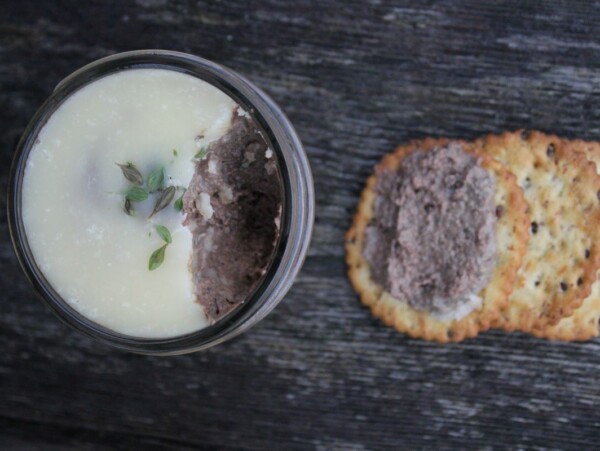
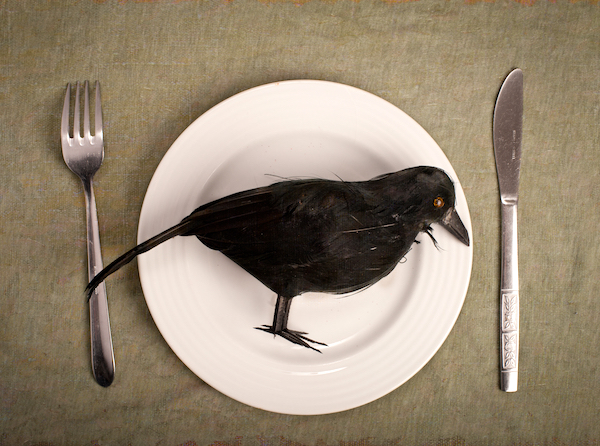

I never knew mice and rats were edible! Your post is definitely opening my eyes to new possibilities in the kitchen. Can you provide more recipes that use these little critters? I’d love to try them out!
I work with 2 men who married women from Thailand. They periodically go back there to see the wives families. They live in the uncivilized parts & both said their wives families eat rat regularly. They tried it when they were there & said they found it somewhat like chicken. They also ate bat regularly.
I’ve also seen video of rat catchers in India who used smoke to draw the rat out of it’s hole to catch & then eat.
Never tried it myself but I would of given the chance just so I’d know beforehand if things got bad… Which they’re getting bad right now under Biden.
I’ve eaten a lot of squirl and I can’t imagine it would be much different, depending of course on what they have been consuming. Best way to try would be to keep some in captivity to breed so you can control the diet. I think my preference would be to consume “pinkies”. These would require only a wash as prep. their bones and organs are undeveloped and they are hairless, so would all be edible without gutting, boning or even skinning. just pop them into the freezer for a quick dispatch, then cook however you want. I would try a recipe similar to squirl, of soaking in buttermilk for a time, then coating in flour and frying like chicken nuggets. Or just season and stirfry to mix with rice. With just a few adults you could produce a lot of these and they would be available fresh on a frequent basis.
I like wok fry rat with Special Sauce I will try new recipie love your rat recipie, me cook for lady girl very special
Hope you enjoy the recipe.
How could you forget to mention capybara? After all, it’s the world’s largest rodent. (Or, if you’re a Catholic, a somewhat unusual… fish :rolleyes: . That was from a a Papal decree a couple of hundred years ago for the stated purpose of allowing people in South America to eat it during Lent, with the likely unstated purpose of helping to prevent Catholic missionaries/etc. from being driven out of the area.) They can be 3½ to (nearly) 4½ feet long, 20 to 24 inches high at the withers, and as for weight, well, the heaviest one on record was a 201-pound wild female from Brazil – so quite a bit of meat. And, yes, it’s consumed in the present era.
You missed an example that’s well-known to readers of Patrick O’Brian’s Aubreyad (aka Master and Commander, aka that movie with Russell Crowe): millers! Well, rats caught on the ship for eating by midshipmen when stores were that low. They were dubbed “millers” to “make them eat better,” or possibly because they got into bread and grain stores and were dusty with flour — hence millers. 🙂 “Lobscouse and Spotted Dog,” the companion cookbook to the series by Anne Chotzinoff Grossman and Lisa Grossman Thomas actually has a recipe for Millers in Onion Sauce. Basically an entire chapter, in fact, where they tried out their recipe and proclaimed it rather tasty.
Awesome, thanks for sharing!
This talk about hantavirus, rabies,… Like so many other things, with all the mice and rats that dwell with not all, but probably 90% or more of the humans living, it seems that there’s a class of humans entirely dedicated to fear mongering. “Scientists” and “experts” there to tell you that if you don’t have a refrigerator, or rubber gloves, or a meat thermometer you’re a goner. Common sense goes so far. Don’t eat diseased animals, animals acting strangely, from toxic locations…
Oh, and be sure to wear a mask, or some stray virus will kill you, your family, and your dogs.
This post was the highlight of my day! You crack me up. Keep up the awesomely fun and intriguing posts!
Thanks, Susannah! This is definitely my most controversial post to date, but I’m glad you saw the fun in it. I had a lot of fun writing it =)
I have eaten what I was told was rat and rice in the Philippines. The meat was in small pieces in the dish, and heavily spiced, so to this day I can’t define any specific flavor of the meat by itself.
I do raise rats on my small homestead however. I mostly sell them to a small customer base of herpetologists in my area as feeders for their pets, and as protein “snacks” for my pigs and chickens.
Do I eat them myself? No.
Would I if necessary? Yes.
The episode of vietnam on bizarre foods with Andrew zimmern shows a good example of catching rats in the rice field, cleaning and cooking the rats. It actually looked delicious!
Interesting article. I have not eaten mice or rats, but I have eaten muskrat. I believe Farley Mowat in Never Cry Wolf had recipes for mice. He lived on them for a while as an experiment. Here is a recipe from my cookbook In Don’s Montana Kitchen, Gluten-Free and Dairy-Free Gourmet Cooking from the Edge of the Wilderness. This recipe would work for rats or mice.
Backwoods Critter Ragout
You can use: Porcupine, raccoon, squirrel, woodchuck or rock chuck,
rabbit, bear etc. Cut up whatever critters you have into serving size
pieces. Coat with gluten-free flour and salt and pepper. Use 2 pounds
or so.
Prepare and set aside
2 cups sliced carrots
2 cups sliced celery
Saute 1 chopped onion
2 chopped garlic cloves
in 2 Tb avocado oil and/or rendered bacon fat until onions are
translucent. Remove and set aside.
Saute critter pieces in remaining oil or rendered bacon fat until brown.
Use more oil if needed. Remove.
1/2 cup dried cepe mushrooms, soaked in 1 cup water
Saute 2 + cups sliced fresh mushrooms, preferably wild, until brown.
Chanterelles, fairy ring mushrooms, oyster mushrooms, sweet
tooths, meadow mushrooms, or morels would be good choices. If
using 1 cup dried wild mushrooms instead, reconstitute in warm
water then squeeze. Save the water, and briefly saute the reconstituted
mushrooms. You could also use Duxelles.
Combine the critters, mushrooms, onion, garlic with:
1 cup diced turnip
1 small parsnip, sliced
1 herb bouquet (Italian parsley, thyme, bay leaf, black peppercorns,
oregano)
1 ham hock
2 cups red wine (You could use dry white wine with young raccoon
or rabbit. The jackrabbit is the only north American hare, and
it has dark meat, so you would use red wine.)
3 cups beef stock or game stock* (chicken stock with young
raccoon or rabbit)
3 diced tomatoes (or 1 11 oz can tomatoes or 1 cup roasted
tomatoes, chopped)
1 tsp salt
Simmer for 2-3 hours, until the meat is nearly tender. Add the carrots
and celery and cook an additional hour until everything is tender.
Serve.
I’ve seen jackrabbits which had tularemia, and these had to be
discarded. If the liver has large obvious yellow lesions, walk away
from it. This is why it is a good idea to wear rubber gloves when field
dressing animals.
Thanks for taking the time to share that recipe, I appreciate it!
I’ve heard of some agricultural experts working on finding practical methods of farming “micro-livestock” (which is to say rodents and other small animals) professionally as a food source. The main two hurdles to be cleared for this to be effective are (1) rodents tend to carry lots of diseases and toxins from all the garbage they consume and (2) they don’t provide much meat in return for all of the effort one has to put into removing their bones and viscera. The main solutions to these problems are (1) keeping the rodents confined to areas with only clean food sources (no eating rodents from filthy city gutters, sewers, toxic waste dumps, etc.) and (2) making sure they’re big and well-fed enough to yield a lot of meat (as in China, where farm-raised rats can get large enough to yield as much meat as a young goat).
Personally, I’d be willing to try eating rat or mice meat just to see what it’s like, but for eating them on a regular basis, I’d want to have some practical advice on preparing lots of them at a time relatively quickly and efficiently. (The rats and mice and voles around my rural dwelling mostly dine on things they find in our gardens, so diseases and toxins should be less of a concern.) After skinning and eviscerating them, maybe there might be some way of cooking all of them at once in a big pot or kettle that will make the meat tender enough to pick it from their bones without much difficulty? If that can be arranged, presumably any meat yielded by such processing could be used in a wide variety of dishes the same as other meats, such as in soups and pies and sandwiches and meatloaf and the like.
Berndt Heinrich refers to eating mice and other small rodents in his 1995 book ‘A Year in the Maine Woods’ where he describes trapping and eating them as a child in eastern Europe toward the end of the war and then with his zoology students in Maine fifty years later. One method was to freeze them which allowed the skin to be pulled off whole, scrape out the entrails with a finger, skewer, broil and dip into BBQ sauce. Bones were chewed up.
Many, many other books on nature, trees, birds and insects (‘Bumblebee Economics’ was outstanding).
Thank you, that’s really great info. I’ll check into Berndt Heinrich’s books.
how do you ensure they don’t have hantavirus?
I’m no expert on the hantavirus, but to the best of my knowledge, there’s no way to know…which is a good reason not to eat mice. There’s also plenty of other fun stuff they could be carrying. Just like if you’re eating road kill, you don’t know if it had rabies either.
For rabies, avoiding contact with the saliva, brain and spinal cord during butchering and then cooking the hell out of the meat is what the CDC recommends (for hunters eating deer, not specifically roadkill).
Since no one assumes you’re going to eat mice, there are no recommendations for how not to get hantavirus, and I have no idea if thorough cooking would remove the threat.
I wrote this more for amusement and for the fun of historical research, and I definitely don’t recommend eating mice short of an extreme last resort. For those in areas of the world where they’re eaten now, perhaps they have protocols for cooking and cleaning them to prevent transmission or perhaps it’s less common than one might think. Either way, I don’t know.